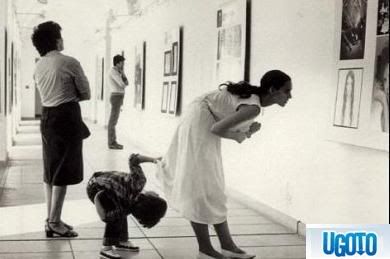
Black. Textured. Tangible.These adjectives alone can only begin to describe the exquisite craftsmanship that goes into these bucchero wares, created by an extremely talented and passionate ceramicist from Orvieto, Italy. Anna Spallaccia’s work has taken contemporary ceramics to another dimension. In her small yet quaint shop on Vicolo dei Dolci, 2, across from the splendid Orvieto Duomo, one can find an interesting collection of objects (from jewelry to bowls, candle holders to decorative spheres) created in the bucchero tradition. She combines the ancient techniques of firing this black terracotta (so to speak) wear with the etching of contemporary designs, the revival of an all’antica tradition into this art form that also looks forward, while at the same time, takes inspiration from past traditions.
This indigenous art form was dominated by the Etruscans (who resided in what we know of today as the provence of Umbria in Central Italy), from the 5th to 7th Century A.D. At that time, this process of firing was new and revolutionary. This “smelly earth” type of clay (derived from the word “bucaro”, which signifies such in Portuguese, always presents a chromatic composition of black, uniform tonality, with a bright and superficial glean on the surface. The types of objects produced are therefore more purified, maybe mixed with carbon and came out of an extremely advanced technique. Like terracotta, when one lightly taps these bucchero wares, one can find that although the objects may appear to be durable, there is a distinct echo that bounces off the metal. These wares, when produced, turn out to be either light or heavyweight, and can be reproduced in many different forms.
Above all, Anna Spallaccia’s bucchero ware stands out because of her unique ways of implementing designs. Back in the days of the Etruscans, the typical designs found on these utilitarian wares consisted of graffiti, horses, symbols and other figures. Today, Anna has created a conceptual landscape on each of these wares, combining an assortment of shapes, lines dots and swirls. Certain parts are removed and interesting shapes are made to render a more contemporary look for the art of today. Pieces may look similar, but no two pieces are exactly the same. These designs may be minimalist, but they never fail to add a dash of pizzazz to yet another “white cube” contemporary art gallery, or to someone’s modernist living room. In fact, Anna’s bucchero ware is the perfect example of how one can combine an ancient tradition with the stylistic attitude of our post-post modern times.




2 comments:
Thank you for the wonderful post. I loved Anna's work from about 15-20 years ago. Now she has taken it in a completely new and exciting direction. She was just beginning to go beyond painted work on my last visit to her shop. The new work is stunning. Do you have any more photos? And has she developed any outlets outside of Orvieto? How I would love to buy her work, but don't know when I'll be in Italy again!
Thanks for another informative website. Where else could I get that
type of info written in such an ideal way? I've a mission that I am just now operating on, and I have been on the look out for such info.
Feel free to surf to my blog - laptops under 300 dollars
Post a Comment